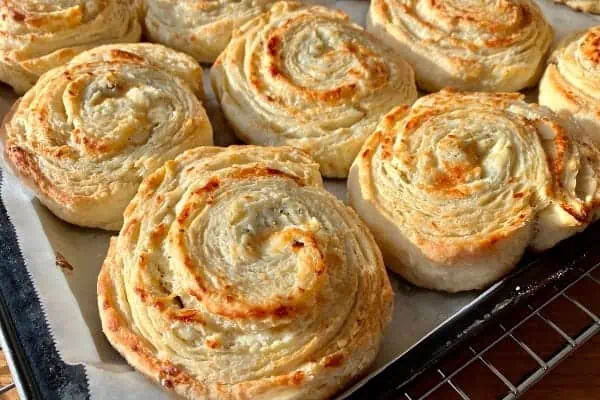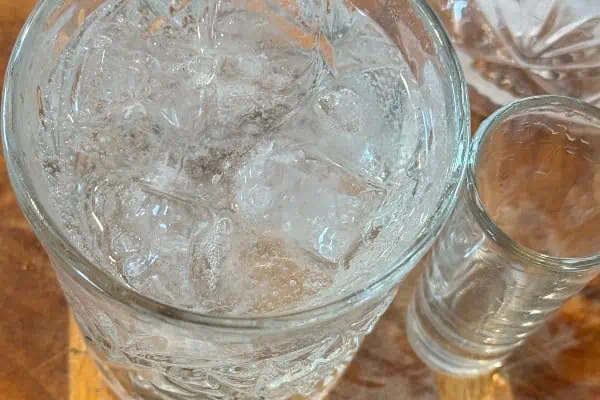Most of us who came of age in the 70s have a Tiki experience somewhere in their cocktail
history. Mine was in Jasper, Alberta in the winter of 1975, when I was working at Jasper Park Lodge. My pals and I celebrated every major event – birthday, break-up, good ski day or payday – with a Mai Tai at the Whistle Stop Pub on Miette Avenue.
In memory those Mai Tais were layers of red and orange, garnished with pineapple, drunk with a straw and very very sweet. Probably kind of awful. But we loved them. We couldn’t get drunk on Mai Tais, they were too expensive, and so we never fell out of love with them.
But when it was time leave Jasper for the next thing in our lives I said goodbye to Mai Tais, they became artefacts of childhood just as Skipper dolls and Slinkies had the decade before. Now, along with everyone else in North America, I’m welcoming them back.
In those Jasper days my friends and I knew our favourite cocktail had some kind of connection to South Pacific island culture — the pineapple, the vivid colours, the tropical fruitiness — but we had no idea they belonged to a whole class of cocktails, nor that they were part of an entire Tiki scene that started in L.A. in the 1930s, when Ernest Raymond Beaumont-Gantt opened a bar in Hollywood called Don the Beachcomber.
Beaumont-Gantt, who later changed his name to Donn Beachcomber and finally, Donn Beach, had sailed through the Caribbean and the South Pacific in his youth. He decorated his bar with torches and rattan and served powerful rum-based drinks mixed with tropical fruits and syrups. Those were the first Tiki cocktails, and they included the Zombie and the Scorpion and the Mai Tai. He claimed to have invented the Mai Tai but Victor Bergeron, alias Trader Vic, who opened the first in a chain of Trader Vic’s Tiki bars in Oakland in the late 30s, begged to differ. He said the Mai Tai was his own invention, thank you very much, and the feud raged throughout the 40s and 50s.
That’s an argument that’s never going to be solved — as one cocktail blogger said, drinks evolve and do we really care? Now there are many delicious, non-bar-mix-based, un-70s, complex and potent versions of Mai Tais, Scorpions, Zombies and the whole gamut of Tiki cocktails being served in Tiki bars all over the world.
I went to a birthday party in one of those bars on a visit to Toronto a few weeks ago. The birthday girl, who had just turned 28, wore mouse ears and a lei, and that will give you a good idea of the atmosphere. The bar is called Shore Leave, bringing to mind GIs on leave in the South Pacific during the Second World War, the punch bowl on the table was filled to the brim with the mixture of many alcohols and fruit juices known as Jungle Juice, of which one cupful was not enough and two was too many and luckily that became clear after one.
The walls and ceilings at Shore Leave are festooned with fishing nets, palm leaves and Tiki figurines. Until that night, I didn’t know that Tiki, in Maori mythology, means “first man.”
There is as little connection between Maori mythology and Tiki bar culture in North America as there is between the Mai Tai at the Whistle Bend Pub in Jasper in 1975 and the Mai Tai served at a good Tiki bar today, but that doesn’t take away one bit of the fun.
When I called Whitehorse to tell my husband I’d been out to a Tiki bar the night before he said, “That’s funny…” That very day he had come across one of our neighbours unloading a truckload of pallets into her backyard. When he asked her what she was doing she replied, “I’m building a Tiki bar.”
This cocktail is for her. I’m hoping she might serve me one.
The Fog Cutter
2 oz freshly squeezed orange juice
1 oz freshly squeezed lemon juice
½ oz orgeat
1½ oz white rum
½ oz gin
½ oz brandy
½ oz Amontillado sherry
Pour all ingredients except sherry into a cocktail shaker and fill with ice. Shake well and strain into an ice-filled highball glass. Pour the sherry on top of the drink and garnish with a sprig of mint.




